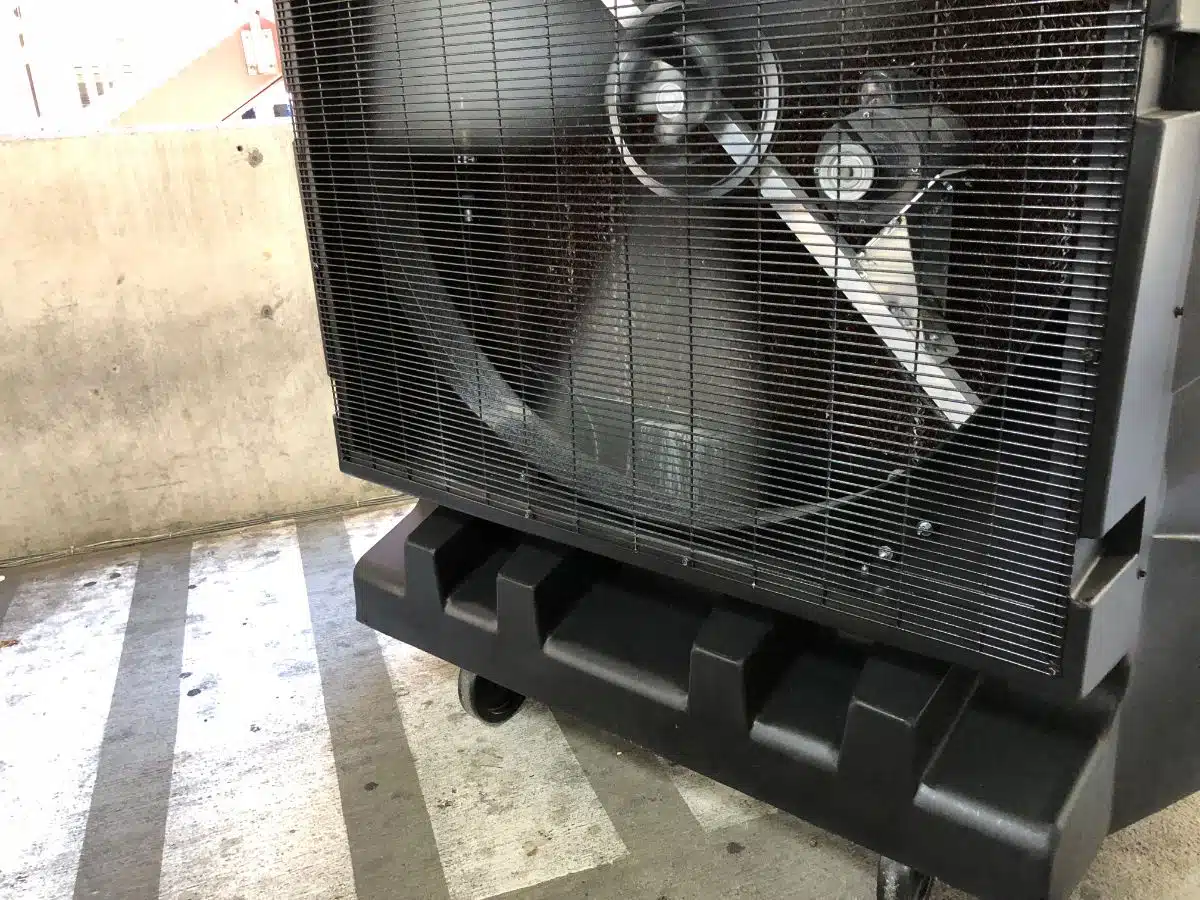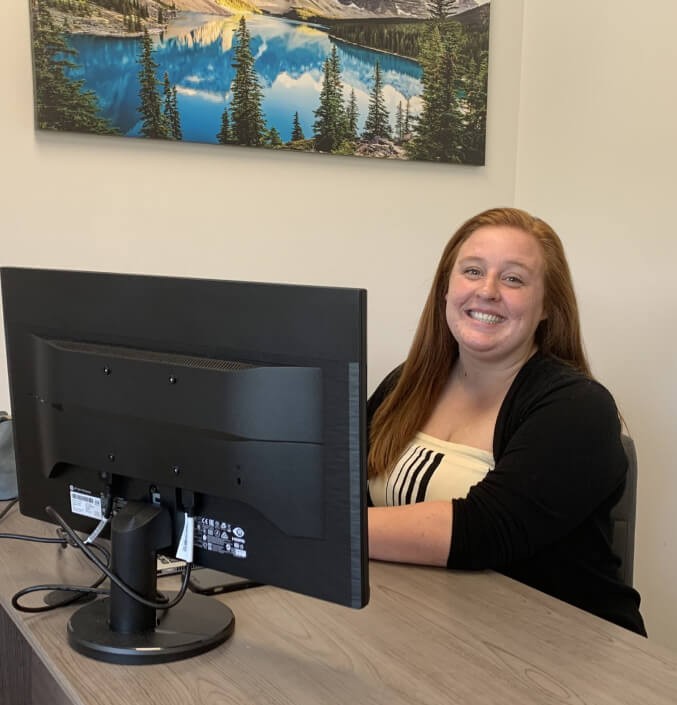Maintaining a fantastic home in summer can be challenging because of the many choices available. While central air conditioning is a popular choice, some could have better, cheaper options. Whether you want to save on power bills, lessen your environmental effects, or get a cooling system that suits your space, checking out other choices is essential.
In this guide, we will explore seven top central air conditioning alternatives. These options provide efficiency, flexibility, and comfort without spending more money.
Understanding Central Air Conditioning
Central air conditioning systems cool your whole home by moving cold air through a system of pipes. They usually have an outdoor unit (with a compressor and condenser) and an indoor unit (with an evaporator coil). The air gets cold at the evaporator coil and then goes through the pipes to cool your home.
Benefits of Central Air
- Uniform Cooling: Steady and even cooling throughout your entire home.
- Convenience: Regulate the temperature of your entire house using just one thermostat.
- Aesthetics: The system is largely hidden, minimizing impact on interior design.
Drawbacks of Central Air
- High Installation Costs: Installing a central air system can be costly, particularly if your home still needs ductwork.
- Energy Consumption: These systems might use more energy than other choices, causing higher utility costs.
- Maintenance Needs: Regular maintenance of ducts, filters, and the HVAC unit is essential for optimal performance and air quality.
7 Best Alternatives to Central Air Conditioning
Choosing the ideal cooling system for your home relies on your specific requirements. Below are explanations of various common options for central air conditioning, each with its benefits:
1. Portable Air Conditioners
Small and lightweight, this refrigeration is great for quickly cooling small areas like studios or apartment rooms. It is ideal for short-term use or cooling specific hot areas. Easy to set up—just place on the floor, plug in, and feel the cool air!
2. Window Air Conditioners
Window air conditioners provide greater cooling capacity than portable units and are a cost-effective choice for cooling a single room. They work well in bedrooms or home offices that receive a lot of sunlight in the afternoon. Setting them up is easy, but you need a window to release the hot air outside.
3. Ductless Mini-Splits AC Systems
Mini-split AC systems are efficient. They have an outdoor unit and one or more indoor units mounted discreetly on walls or ceilings. They cool specific areas, letting you change room temperatures for personal comfort. Unlike central air, they don’t need ducts, so they’re suitable for homes without ducts or renovations.
4. Ceiling Fans
Even though ceiling fans don’t cool the air directly, they move air around, making it feel more relaxed, like a breeze. This can help you use less air conditioning and spend less on energy. You can also change the fan direction to move warm air in the winter for better heating.
5. Whole-House Fans
These strong fans bring in cool outdoor air and push out hot air from your attic, creating a fresh ventilation system for your home. They are most effective in areas with mild weather and cool nights. This natural cooling method saves energy using outside air instead of power-hungry compressors.
6. Evaporative Coolers (Swamp Coolers)
Evaporative coolers work well in dry areas. They cool by evaporating water and blowing hot air over a wet pad. They are good in dry places but less valuable in humid regions with lots of moisture in the air. Evaporative coolers provide affordable cooling without a high electricity cost.
7. Geothermal Heat Pumps
Geothermal heat pumps are the most energy-efficient choice on this list. They use the earth’s steady temperature to heat and cool your home, leading to big energy savings and less environmental impact. However, setting up geothermal systems is the priciest option.
Factors to Consider When Choosing an Alternative
Multiple aspects are considered when selecting the most suitable option instead of central air conditioning for your needs:
- Cooling Capacity Requirements: Assess your cooling needs. How large is the area you want to cool? How hot does it get in your climate?
- Upfront Costs vs. Long-Term Savings: Consider the initial purchase price and continuous running expenses.
- Space-Saving Solutions: Consider the space you have. Portable air conditioners and window AC units need little room, whereas ductless mini-split systems are installed on walls or ceilings.
- Environmental Impact: Think about the environment. Geothermal heat pumps and energy-saving choices such as ductless mini-splits reduce your carbon footprint. Look at how much energy different options use and their impact on nature.
- Professional vs. DIY Installation: Assess your DIY skills. Portable and window air conditioners are usually simple to set up independently. Yet ductless mini-split systems and geothermal heat pumps need professional installation for best performance and safety.
Breathe Easy with Anderson Air
At Anderson Air, our experienced technicians can help you navigate the options and choose the perfect cooling solution for your home. We provide top-quality installation and maintenance services to keep you cool, comfortable, and worry-free.
Ready to breathe a sigh of cool relief? Contact Anderson Air today for a free consultation! Our team is here to answer your questions and guide you towards a cooler, more comfortable summer.




